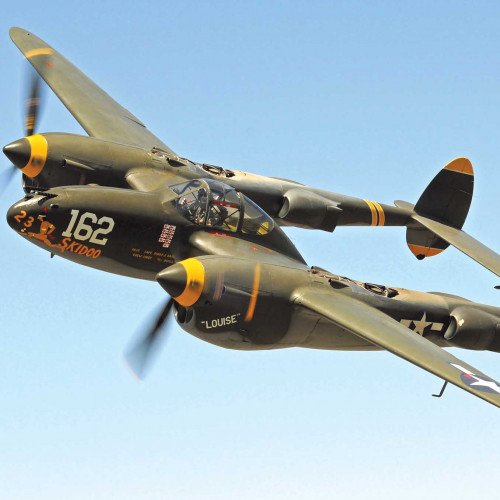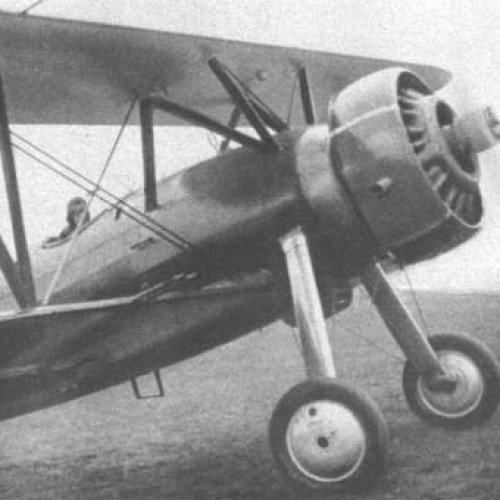Lockheed P-38 Lightning vs Letov Š-31

Lockheed P-38 Lightning
The Lockheed P-38 Lightning is an American single seated, piston-engined fighter aircraft that was used during World War II. Developed for the United States Army Air Corps, the P-38 had distinctive twin booms and a central nacelle containing the cockpit and armament. Allied propaganda claimed it had been nicknamed the fork-tailed devil (German: der Gabelschwanz-Teufel) by the Luftwaffe and "two planes, one pilot" by the Japanese. Along with its use as a general fighter, the P-38 was utilized in various aerial combat roles including as a highly effective fighter-bomber, a night fighter, and as a long-range escort fighter when equipped with drop tanks. The P-38 was also used as a bomber-pathfinder, guiding streams of medium and heavy bombers; or even other P-38s, equipped with bombs, to their targets. Used in the aerial reconnaissance role, the P-38 accounted for 90 percent of the aerial film captured over Europe.The P-38 was used most successfully in the Pacific Theater of Operations and the China-Burma-India Theater of Operations as the aircraft of America's top aces, Richard Bong (40 victories), Thomas McGuire (38 victories) and Charles H. MacDonald (27 victories). In the South West Pacific theater, the P-38 was the primary long-range fighter of United States Army Air Forces until the introduction of large numbers of P-51D Mustangs toward the end of the war.Unusually for a fighter of this time, the exhaust was muffled by the turbo-superchargers, making the P-38's operation relatively quiet. The two turbo-superchargers also provided the P-38 with good high-altitude performance, making it one of the earliest Allied fighters capable of performing at such altitudes. It was extremely forgiving and could be mishandled in many ways, but the rate of roll in the early versions was too low for it to excel as a dogfighter. The P-38 was the only American fighter aircraft in large-scale production throughout American involvement in the war, from Pearl Harbor to Victory over Japan Day. At the end of the war, orders for 1,887 more were cancelled.
Statistics for this Xoptio

Letov Š-31
The Letov Š-31 was a fighter aircraft produced in Czechoslovakia in the early 1930s in a number of variants. All of the aircraft had metal tubular framing and fabric covering with a metal engine cowling. The first flight of the definitive and highly altered Š.231 version was on March 17, 1933. After testing at the Czechoslovak flight facility at Prague-Lethany, modifications were undertaken to improve the machine's performance. It entered production the following year and began equipping Czech fighter units in June 1936. The machines however did not remain in frontline fighter status with the Czechoslovak Air Force until the German occupation of Czechoslovakia in 1939. The sole Š.331 and 22 out of 24 produced Š.231s were sold to representatives of the Spanish Republican government. Reports of their combat record in the Spanish Civil War are vague, but at least three machines survived the war and were used by victorious Nationalists. The operational performance and ultimate fate of the Š.331 is unrecorded.